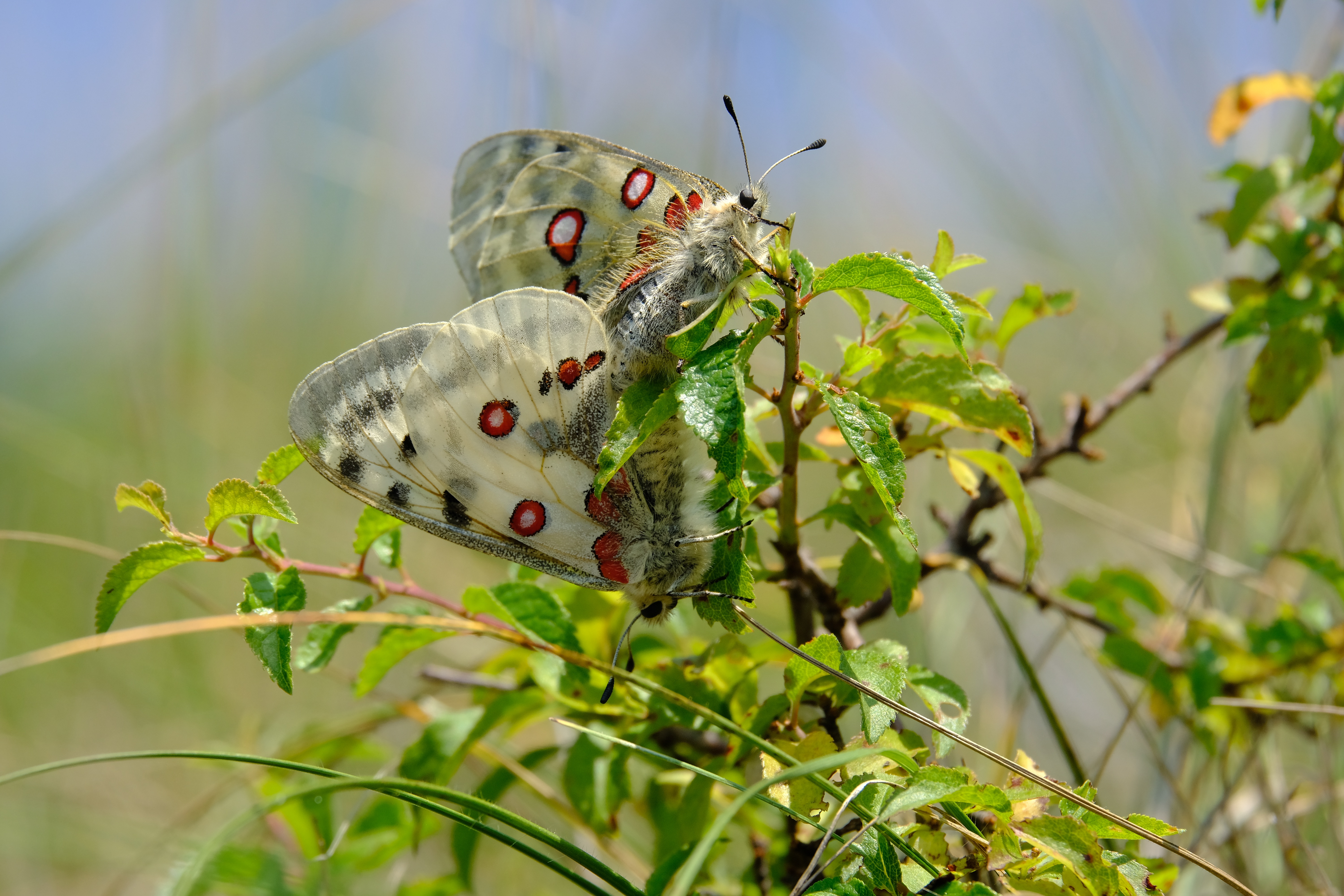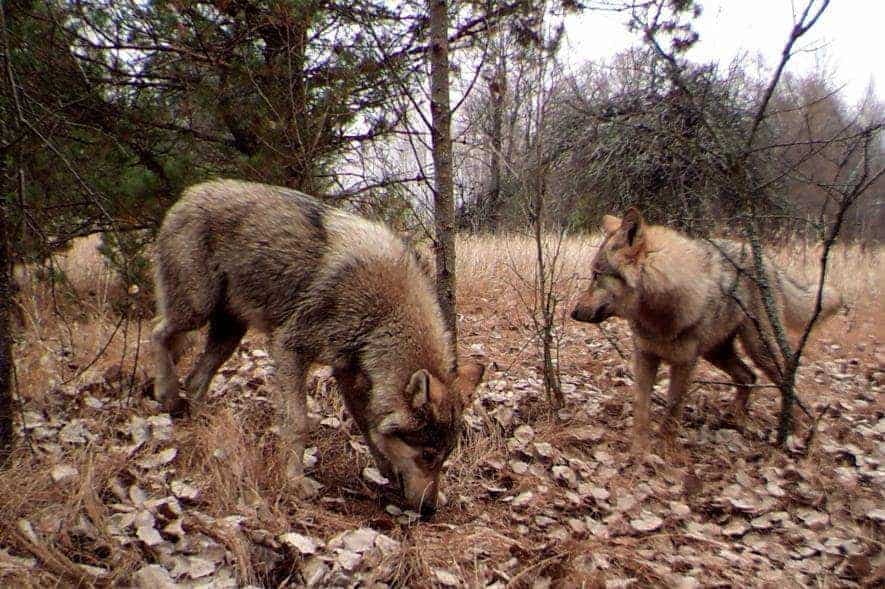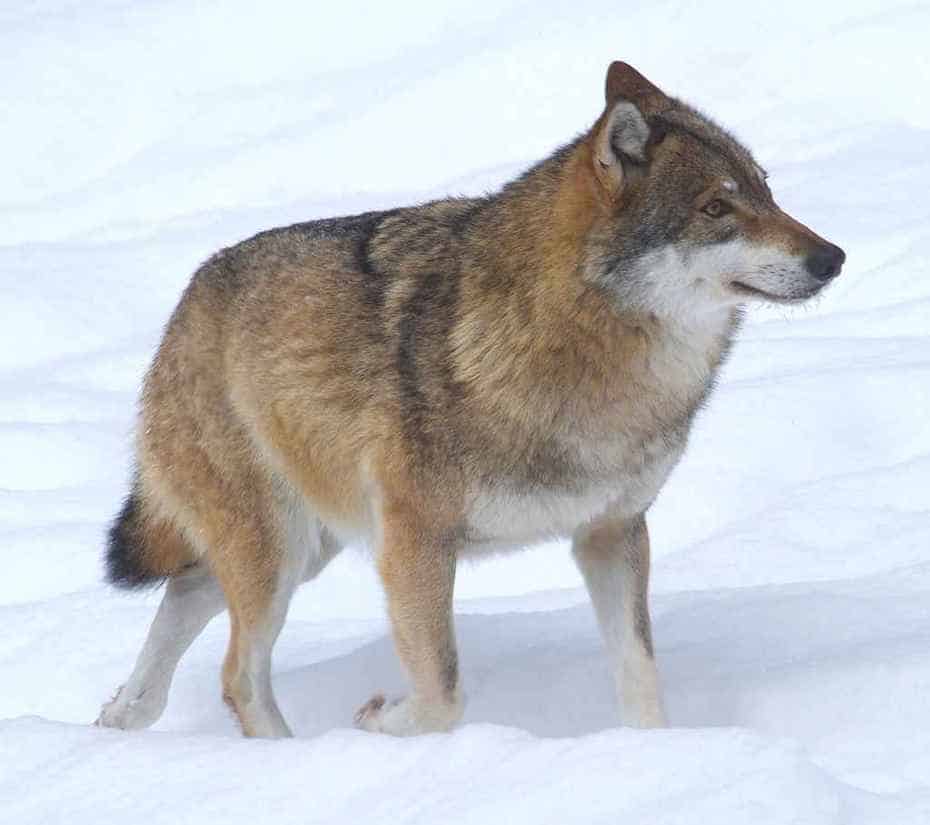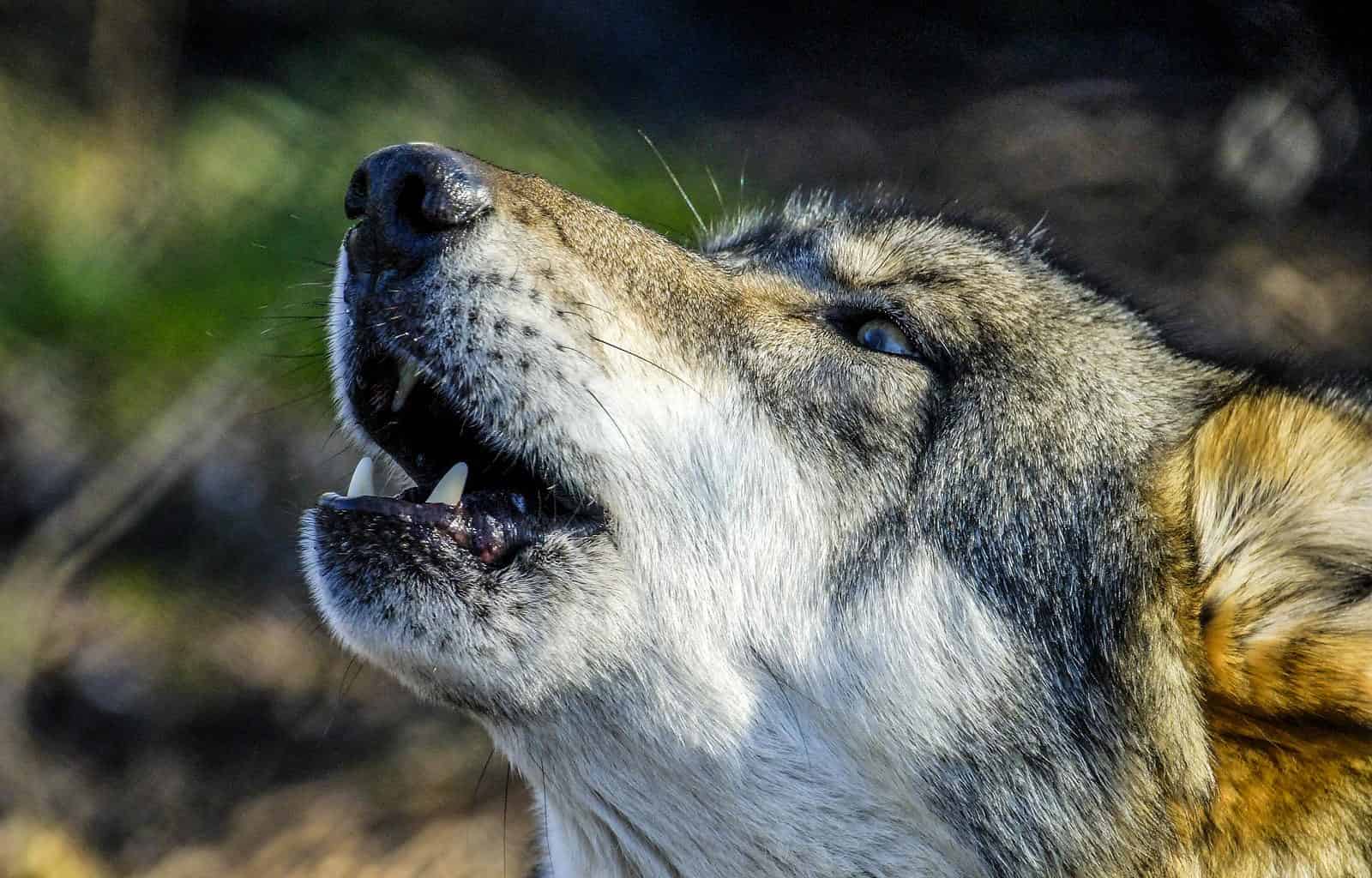We’re losing exceptional reptile evolutionary diversity
While each species has its own intrinsic value and is thus worth conserving, it is hard, if not impossible, to give sufficient attention to each species on the planet due to limited resources. One way to prioritise species for conservation is by looking at their evolutionary history, aiming to preserve those that have fewer close relatives. Or, to put it in other words, have split from the rest of their group a long time ago. Such “evolutionary distinct” animals, for example pangolin, aye-aye lemur or Ganges river dolphin, thus have high phylogenetic diversity. This means that they have millions of years of unique evolutionary adaptations and thus in this way importantly contribute to the diversity of life. However, they are often in shadow of other more charismatic and well known species.
Please also read: Wilderness reduces extinction risk by 50%
A new paper was recently published by Gumbs et al., in Nature Communications which examined how well protected evolutionary distinct reptiles around are. They’ve done this by dividing the world into quadrants. Then, they measured the endemism and human footprint in each grid cell with two metrics. One looked at each grid and measured the sum of evolutionary distinctiveness of each species there is. The other one looked at individual species across their range. Then, the human footprint was applied to both to see where it is largest.
Reptilian phylogenetic diversity under threat
They’ve discovered that reptiles contain much more phylogenetic diversity than any other group of terrestrial vertebrates. Among them, particularly turtles have large amounts of unique evolutionary history. Yet, despite this, birds and mammals get much more attention in conservation. In addition, there is a high overlap between regions with very high human impact and irreplaceable reptilian phylogenetic diversity. These include the Philippines, the Western Ghats, the Caribbean and Japan. At the same time, the study highlights the regions of low human pressure to which some phylogenetic diversity is restricted. These areas would benefit most from protected areas that can protect from future human pressures impacting the high biodiversity. Therefore, protecting the remaining Wilderness throughout the world is as important as restoring
Besides, reptiles contribute the highest levels of endangered phylogenetic diversity per grid cell, much higher than mammals, birds or amphibians. In addition, most reptile phylogenetic diversity occurs in arid and semi-arid reginos of Africa. These areas are commonly overlooked in conservation prioritisation for other taxa. It is concerning that across the terrestrial vertebrates, threatened and data-deficient species tend to have more unique evolutionary history. This means that least amount of knowledge is on the most valuable species who are most likely to go extinct.
This study is yet another proof how human activities are driving the loss of millions of years of unique evolutionary history. Summed together, over 50 billion years of evolutionary history is currently under threat. While mammals and birds tend to receive most attention, other terrestrial species such as reptiles are also highly valuable, yet often overlooked.








